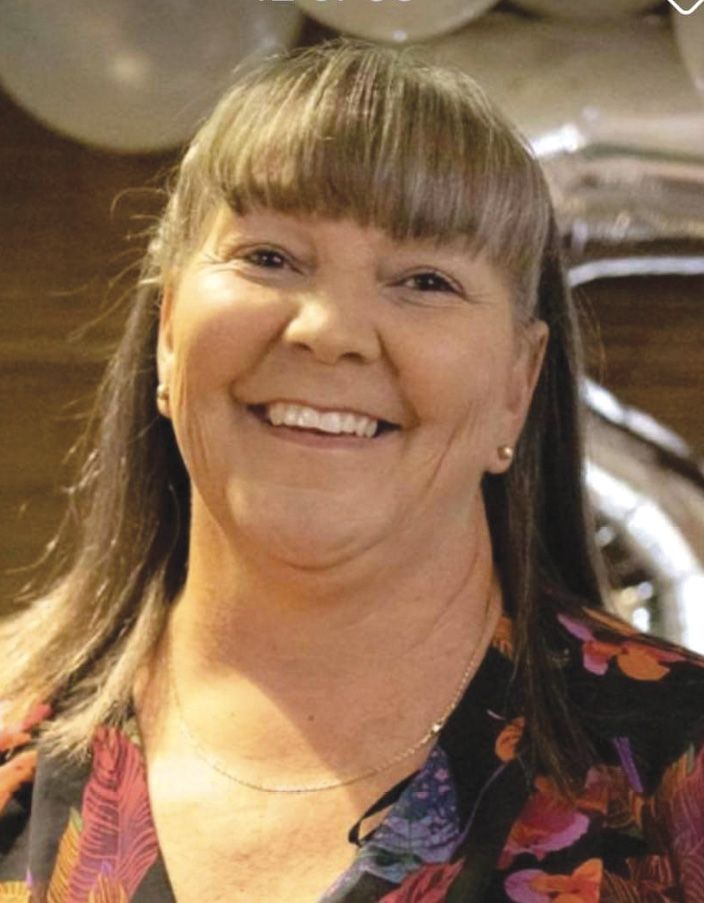
Tracey starts her busy day at St Johns College Dubbo, NSW by jumping on the computer and trying to get herself ready for the day’s onslaught. After she’s worked out what her day looks like, students start turning up at her door.
“Our kids could be needing breakfast, needing some help with assessments and most importantly just a safe space and ear. You never know who’s going to walk through the door. Our school community is just over 1000 students which includes 155 Aboriginal students, that’s why no two days are ever the same,” Tracey said
Tracey started as Aboriginal Education Worker (AEW) at St Johns College at the beginning of 2022. Before that, she worked across two different local Catholic primary schools.
She said the two primary schools were a different kettle of fish, with much smaller numbers and different needs for students and families.
“At Dubbo, some days I might have a student sitting on the doorstep before I even get there. I must be versatile and think on the run.”
Tracey runs cultural programs, so once the bell has gone she does prep for that work. Sometimes this can involve liaising with external providers. She might also meet with parents, Year Leaders and the Executive team during this time.
“You’ve got Aboriginal families who experienced the Stolen Generation and they don’t want to come into the school, school is a bad place for them.
“So my role is to help bridge that gap and to make school a safe space, not only for the kids, but also for the parents and families.
“I’m lucky, we have a beautiful space in the centre of the school that used to be a chapel, but we’ve converted that into our Cultural Centre. Our school prioritises Aboriginal culture for our students and supports me in the work that I do, making a difference for each student.
“During break times, the kids come in to have a talk. Some of them will come in and make a sandwich. We’ve got a fridge in there with food. Some will come in to work on an assessment, or they can just come in for the safe space and a yarn.
“I wanted this space to be open to everybody, for everyone to feel included, not just our Aboriginal kids. Some of the other kids that aren’t quite confident out in a busy playground with 1000 kids come in and hang out. I’ve been teaching some of the girls to weave at lunchtimes.”
In the afternoon after the bell, Tracey tries to log everything that’s happened that day. It’s a catch-up time with teachers and leaders if they need any help.
“I help out where I can with some of the kids that have behaviour issues, sometimes coming from trauma, so relationships and trust are incredibly important. I always try and have that background connection and knowledge of what’s going on in the kids’ lives outside of school to help them as well.
“The biggest part of this job is the fact that our teachers are so busy programming and marking and running from class to class doing their jobs that I am able to assist them with building relationships with our kids. In my role, I don’t have those constraints, so I get to know the kids on a more personal level.
“Sometimes families can feel intimidated by the teachers and the school setting so I ring them and have a bit of a yarn. It makes it easier for them and helps build healthy relationships for everyone.
“I try to explain and assure them that education for our kids and for our culture is the most powerful thing and it’s what’s going to make a difference.”



































































































































